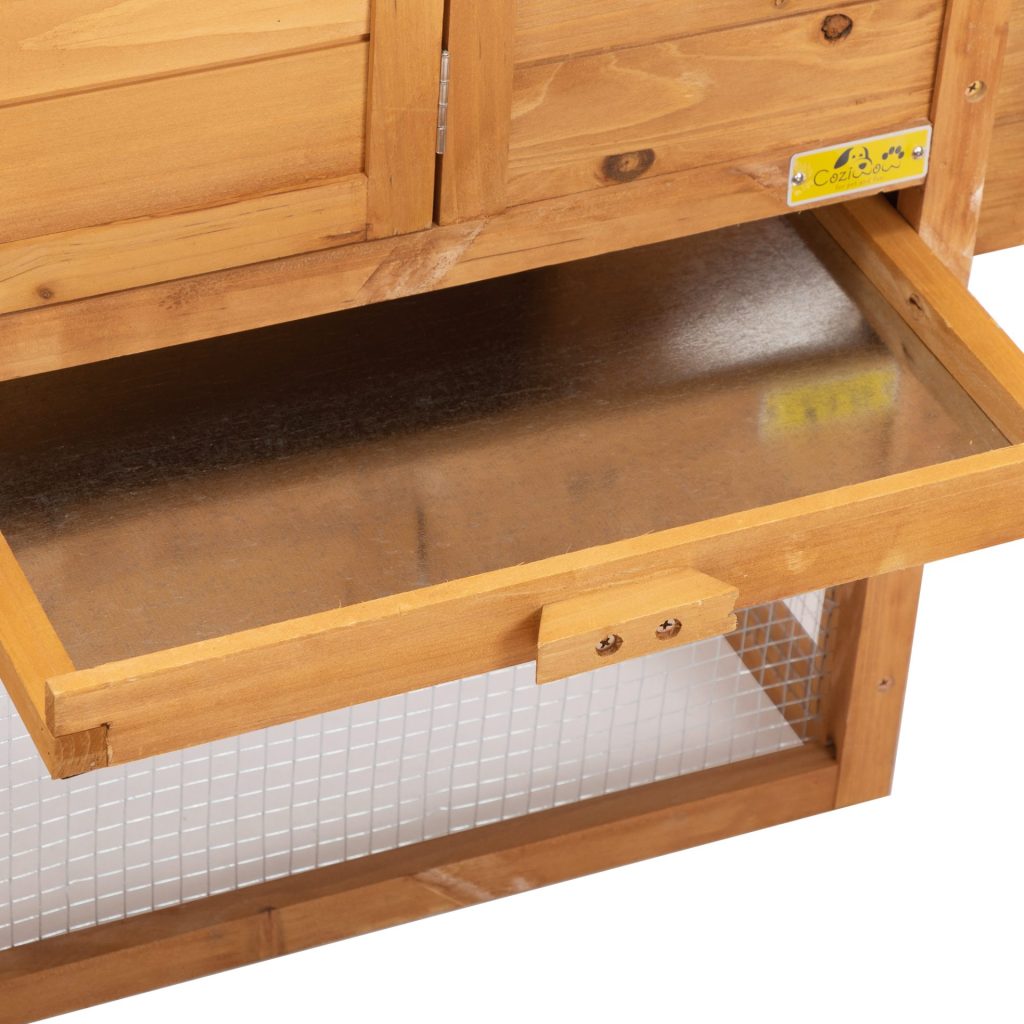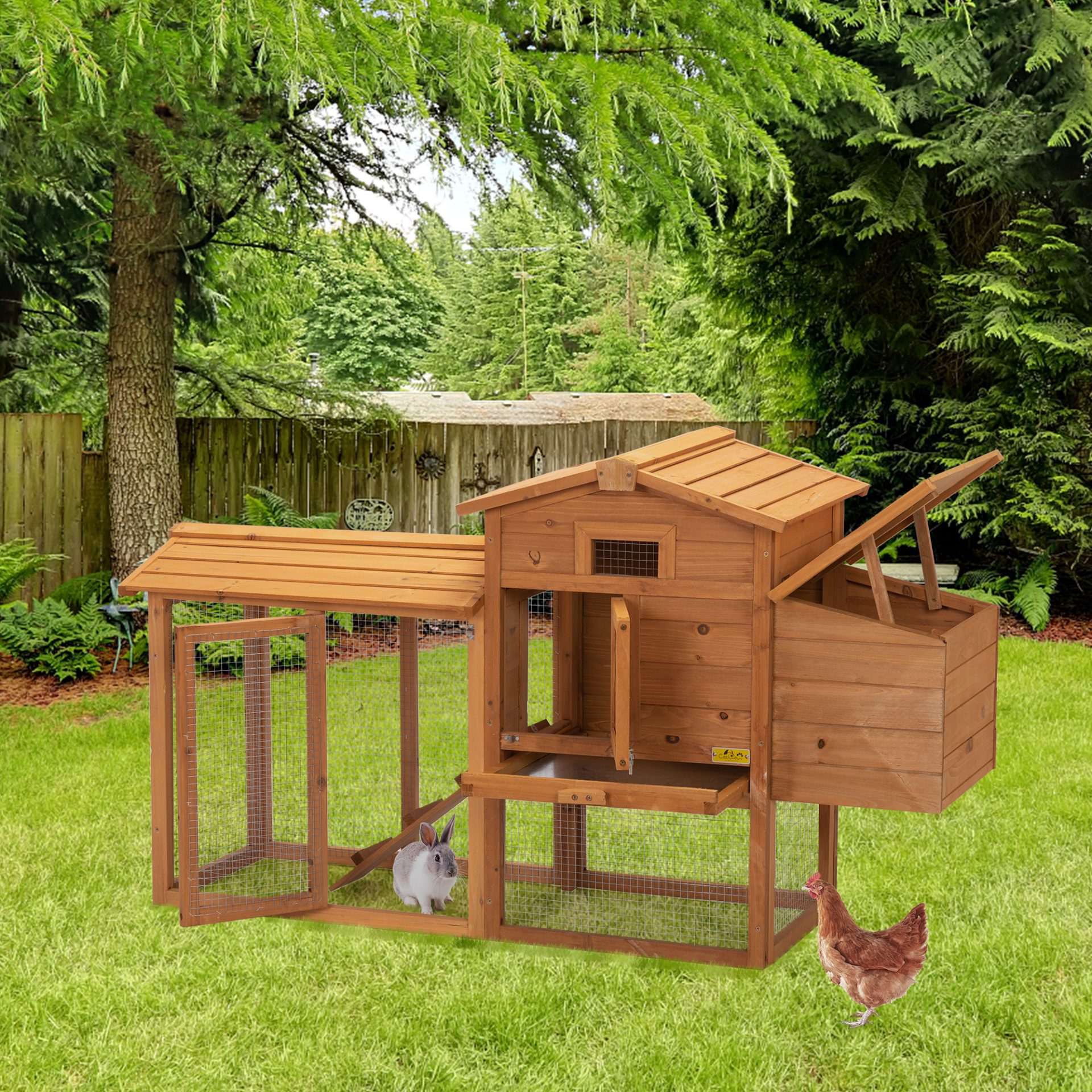If you have chickens or are thinking about getting some, you’ve probably looked into different coop designs and sizes to meet the needs of your flock. However, some people overlook what to put on the floor of a chicken coop to make your chickens more comfortable and to make cleaning easier.
What you use to cover your floor can help control moisture, provide insulation, and cut the time it takes to keep it clean and healthy for your animals in half. Depending on the style of chicken coop you have and the type of flooring you have, some options may be preferable to others. Take a look at the options we discuss below to get a good idea of what is best for the needs of your flock.
BENEFITS OF CHICKEN COOP FLOOR BEDDING
As previously stated, providing some sort of floor covering or bedding can help with a variety of things, including creature comfort and overall cleanliness. Keeping the chicken coop clean throughout the year benefits animal health, rodent and insect control, and the prevention of moisture buildup, which can lead to bacterial and fungal growth.
If you already keep chickens, you may have a favorite material to use, or you may use several depending on the style of your chicken coop. If you want to start your own flock, you will most likely determine which are best for you through planning and installation. Although everyone seems to have an opinion on which is the safest, cleanest, and most effective- your climate, weather, coop design, and personal preference are more important to a happy hen house than anything else.
COMMON CHICKEN COOP FLOORING OPTIONS
Your coop’s floors vary not only in shape and size, but also in composition. What you put on your floor may be determined by the material of your floor. Raised coop flooring is frequently made of plastic in the form of a removable tray, wood, or even chicken wire supported by strips of wood to allow waste to pass through.
Chicken coops on the ground may have a dirt floor, a wood floor, a concrete floor, or a plastic floor. These are more stable and give you more flexibility in what you use because you don’t have to worry about adding weight. Choosing the right flooring is entirely dependent on your personal preferences and the design of your chicken coop.
BEST CHICKEN COOP FLOOR BEDDINGS TO CONSIDER
The options listed below are frequently used for a variety of reasons. They can be used together or separately, and at different times of the year to address whatever issues you may have with the changing seasons. If it rains in the spring, for example, you may want something moisture absorbing to avoid dampness and increased humidity within the chicken coop.

SAND
Sand is an excellent addition to non-removable (permanent) chicken coop floors that are flush with the ground. It not only absorbs moisture and waste to make cleanup easier, but it also provides material for chickens to dust bathe and scratch on.
Make sure to use natural construction sand, and be mindful of the weight it can add if the floor beneath it has a rise.
STRAW
Straw is not very absorbent, which is a good thing because it does not rot or decay easily. It is light and fluffy, and it provides an excellent insulating layer against a cold floor. It also serves as a path and prevents waste from falling through. It also collects waste, making cleaning easier.
PINE SHAVINGS
Pine shavings have a pleasant scent, are inexpensive, and are highly absorbent. As a result, they are a popular floor covering for both raised and ground-level chicken coops. They also provide some insulation and are simple to clean waste from. Be aware that not all cedar shavings are the same, and despite how nice they smell, they may be harmful to chickens.
SHREDDED PAPER
Shredded paper is an excellent way to insulate and absorb your chicken coop. Although not as long-lasting as other options, it is easy to obtain and free if you shred paper on a regular basis. It can also be composted after it has been soiled!
RUBBER MATS
Rubber mats are an excellent way to add protection to your existing flooring. It can be used as a stand-alone to hose off, or it can be combined with any of the above-mentioned bedding materials for warmth, absorption, and cleanliness. Mats of various sizes can be cut to precisely fit your chicken coop floor, and lightweight options can also be used in raised coops.
NESTING BOXES
The floor of your chicken coop is not the same as the nesting boxes. Floors are subject to waste and regular ‘foot’ traffic, whereas a nesting box is used to create a safe environment for eggs to be laid within. You may occasionally find a chicken nest on the edge of a box, as well as waste.
Nesting boxes can use any of the bedding options mentioned above. A thin layer of sand or a mat beneath softer materials like straw or shavings will help keep it dry and secure. Make sure to provide materials that the hen can manipulate into a comfortable seat for when she lays.
CHICKEN COOP FLOOR CONCLUSION
It is entirely up to you what you choose to line your chicken coop floor with, but consider your foundational floor, weather, climate, and overall coop size when deciding. Sand works best on floors that are already resting on a solid ground surface because it is heavy and absorbent. Other options can be used alone or in combination to create a comfortable, clean environment.
If you have a favorite bedding option for your chicken coop or any questions, please leave them in the comments section below. And, as always, please spread the word.


